Research
We do research for horses
At Evax, we conduct basic research on equine immunology and allergy. This is important to find out more about the processes and mechanisms behind equine inflammatory diseases. There is still a lot that is not known in this field and only when a disease is understood in detail a therapy can be developed.
In our laboratories at the Bio-Technopark in Schlieren (Zurich, Switzerland), our research and development team works tirelessly to make this knowledge applicable, using methods and standards from human medicine.
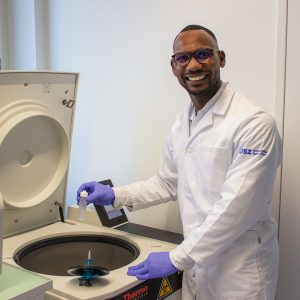
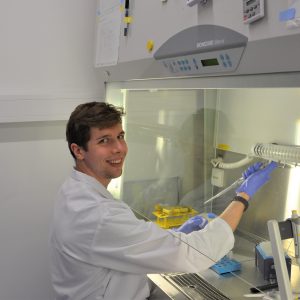
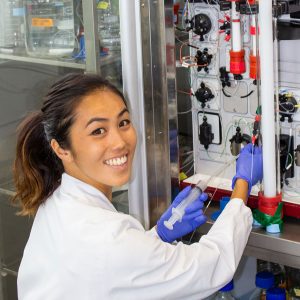
In addition to research in the laboratory, we test our vaccines in clinical trials with horses from private owners. The goal, of course, is to get our vaccine to market so your horses can get better. The safety of the horses is our top priority.

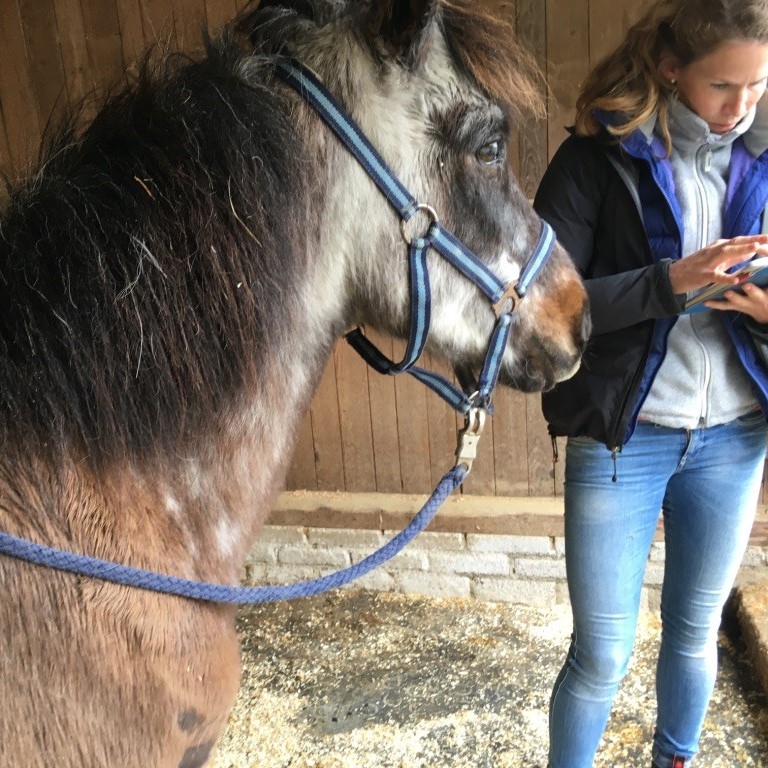
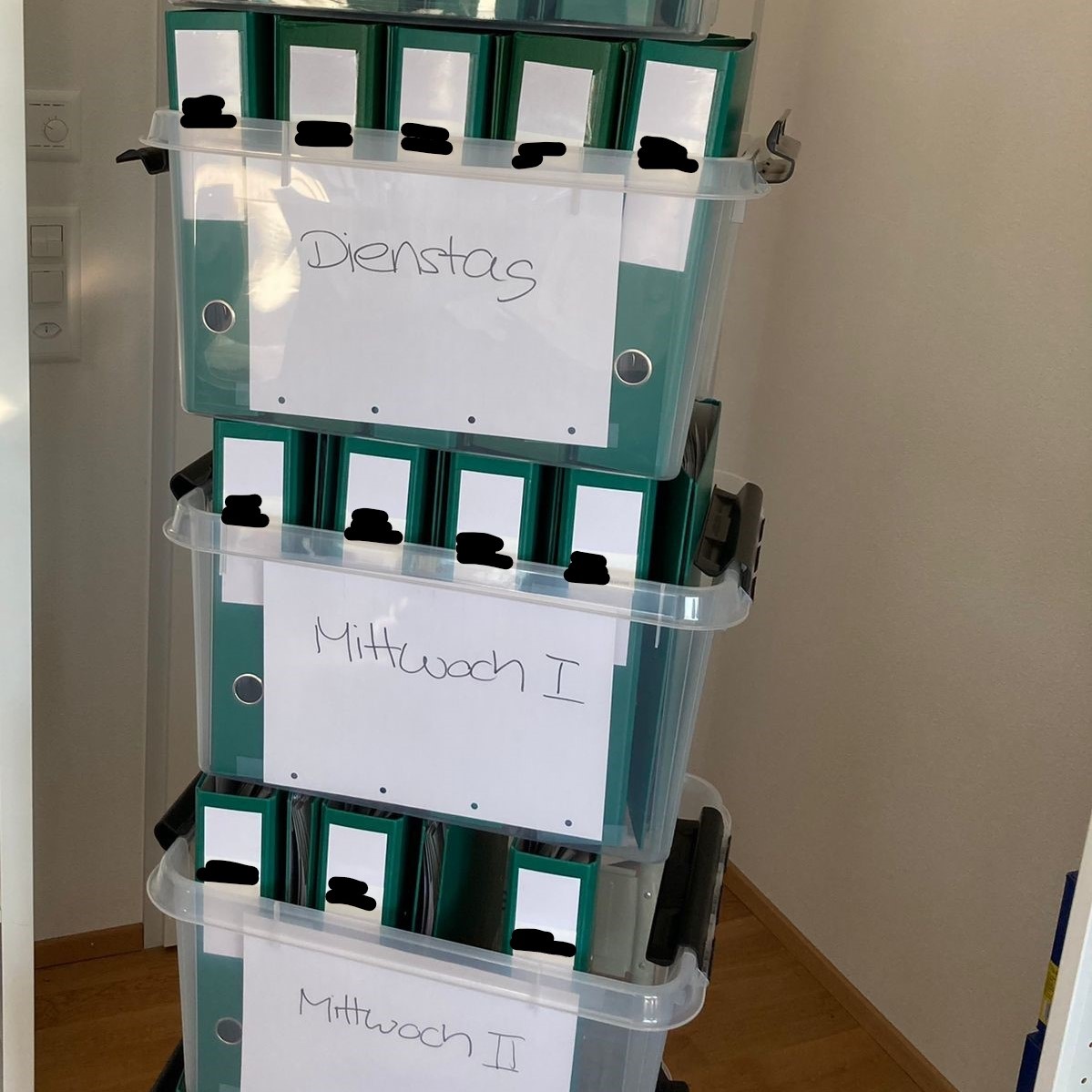
How the vaccines work
The vaccine consists of various molecules, each of which has a very specific function. In simple terms, they are a carrier molecule and a target molecule.
The carrier molecule is a virus-like particle, i.e. it is not a virus, but the immune system thinks it is a virus and thus triggers a strong immune response. The target molecule is one that occurs naturally in the horse’s body and is critically involved in the development or progression of the disease.
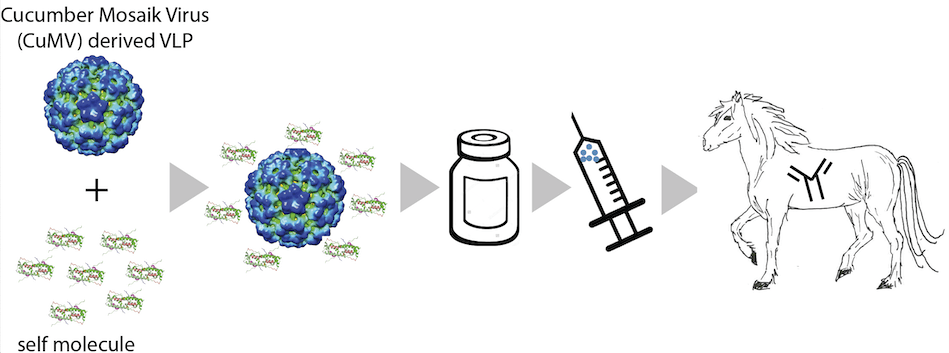
Both the carrier molecule and the target molecule are coupled together, and the finished vaccine looks like a spiked soccer. The individual coupled molecules are 30-50 nm in size (that’s 30-50 billionths of a meter).
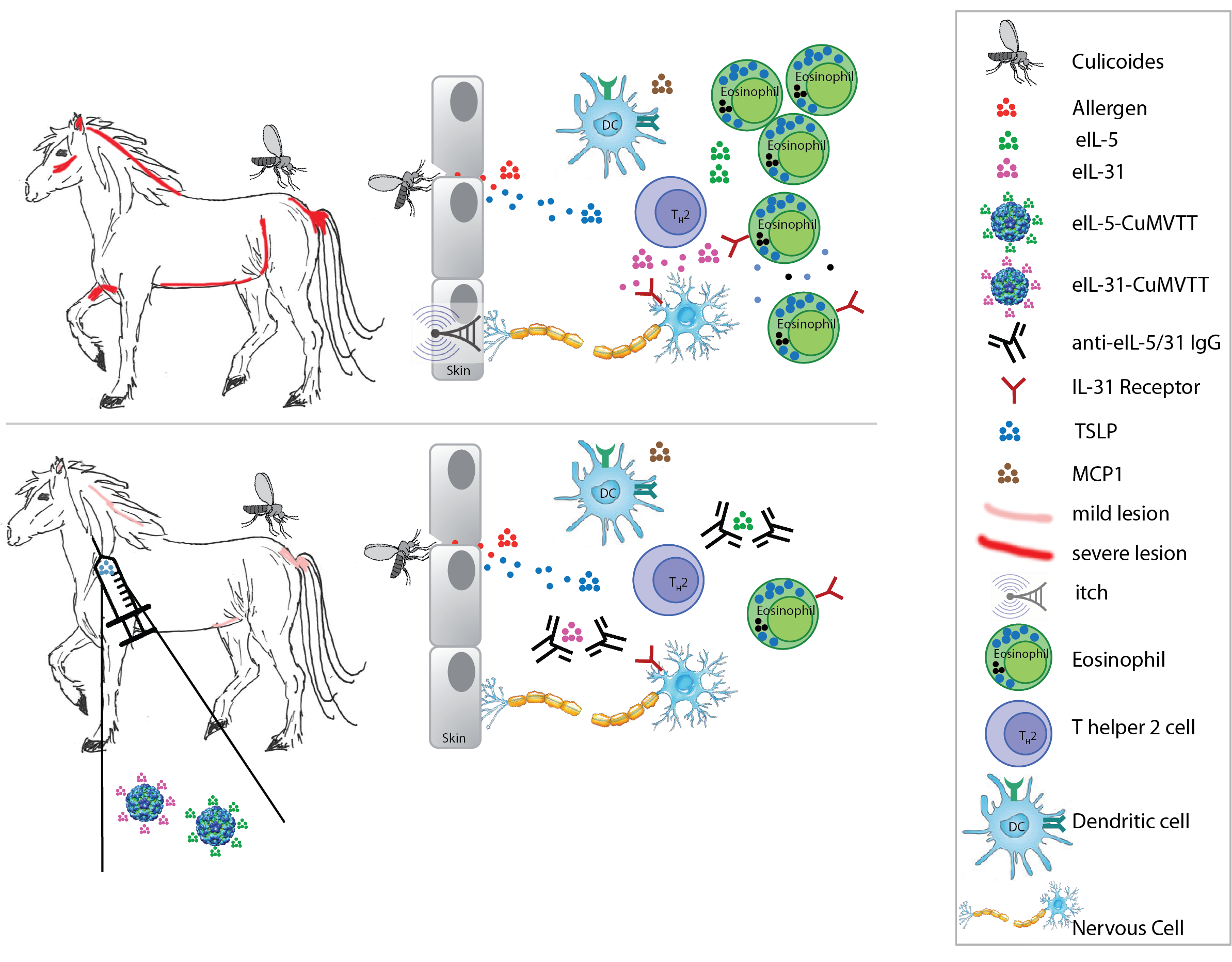
Once injected, the vaccine travels to the lymph nodes and activates the horse’s immune system, which forms antibodies against the target molecule. These antibodies then neutralize the disease-causing target molecules, preventing the patient’s disease-induced allergic reaction. This reduces the symptoms of the vaccinated horse.
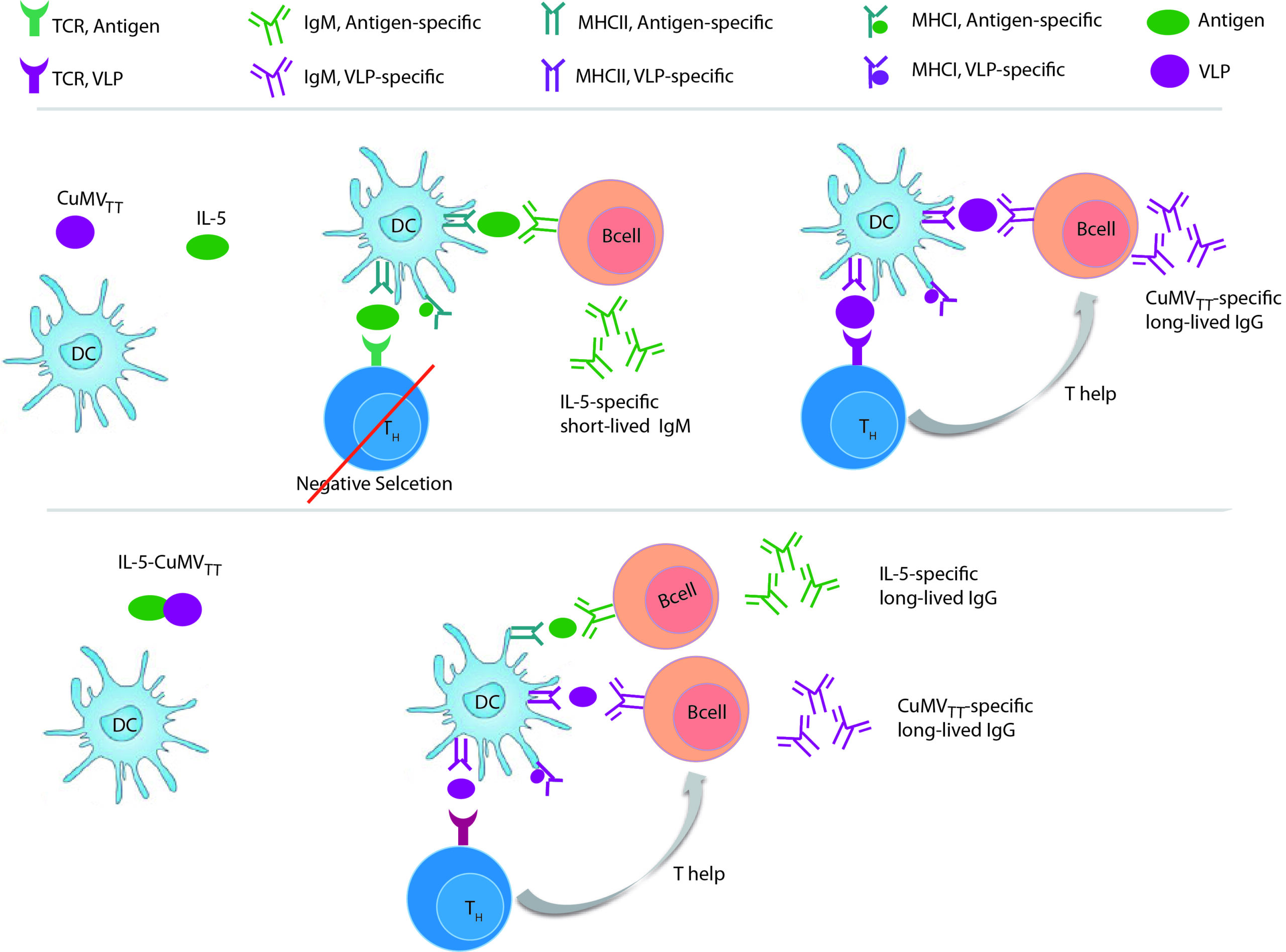
Publications
Here is an overview of our publications in scientific journals:
